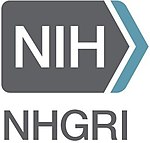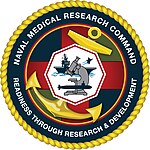John E. Fogarty International Center
1968 establishments in MarylandBethesda, MarylandInternational medical and health organizationsMedical research institutes in the United StatesNational Institutes of Health ... and 3 more
Organizations based in MarylandResearch institutes established in 1968Research institutes in Maryland

The John E. Fogarty International Center was founded in 1968 by US President Lyndon Johnson at the National Institutes of Health to support international medical and behavioral research and to train international researchers.
Excerpt from the Wikipedia article John E. Fogarty International Center (License: CC BY-SA 3.0, Authors, Images).John E. Fogarty International Center
Center Street, Bethesda
Geographical coordinates (GPS) Address Nearby Places Show on map
Geographical coordinates (GPS)
| Latitude | Longitude |
|---|---|
| N 39.0043 ° | E -77.1001 ° |
Address
31
Center Street
20814 Bethesda
Maryland, United States
Open on Google Maps






